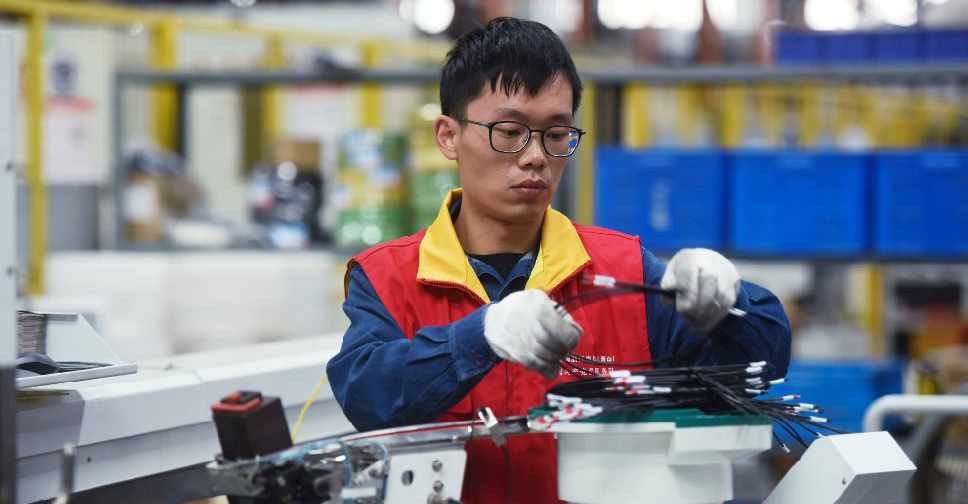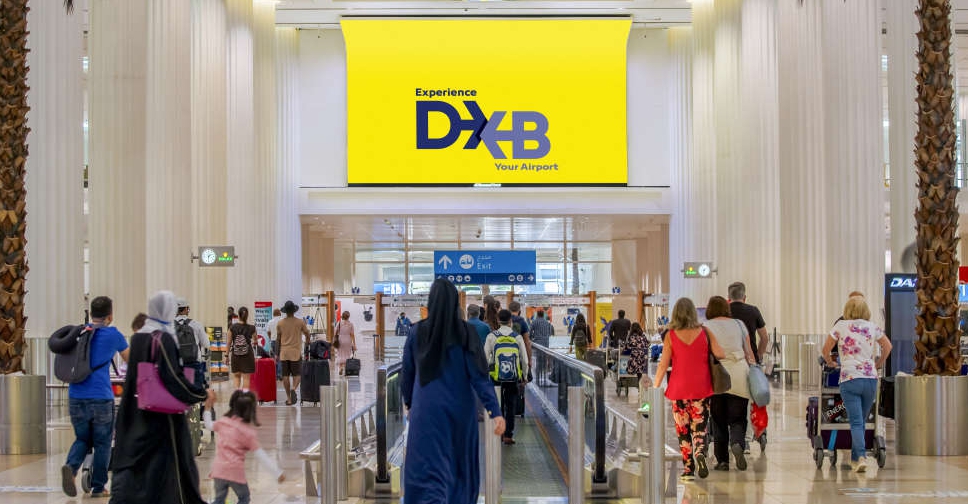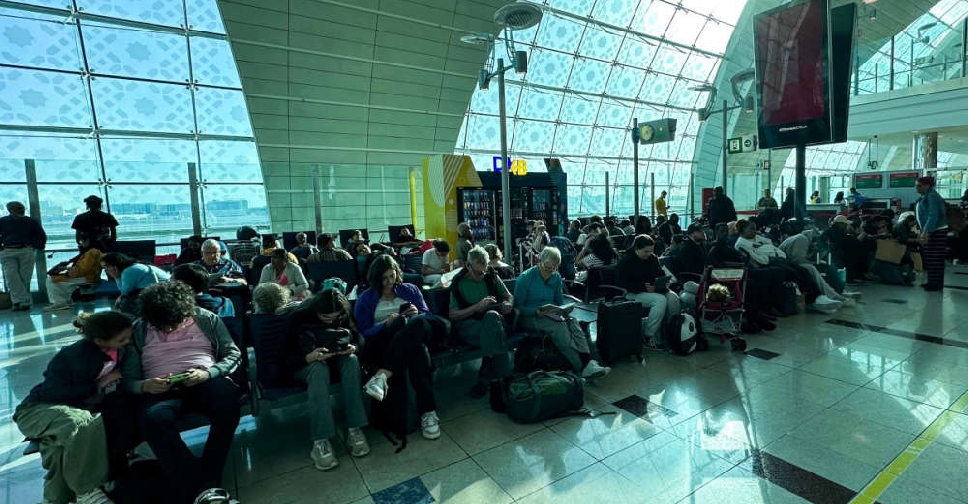
China's economic recovery accelerated in the third quarter as consumers shook off their coronavirus caution.
Gross domestic product (GDP) grew 4.9 per cent in July-September from a year earlier, official data showed on Monday, slower than the 5.2 per cent forecast by analysts in a Reuters poll but faster than the second quarter's 3.2 per cent growth.
"China's economy remains on the recovery path, driven by a rebound in exports. Consumer spending is also headed in the right direction, but we cannot say it has completely shaken off the drag caused by the coronavirus," said Yoshikiyo Shimamine, chief economist at Dai-ichi Life Research Institute in Tokyo.
"There is a risk that the return of lockdowns in Europe and another wave of infections in the United States will hurt consumer spending and trigger more job losses, which would be a negative for China's economy."
The weaker-than-expected headline figures weighed on China's yuan and mainland stock benchmarks and capped broader market gains in Asia.
The world's second-largest economy grew 0.7 per cent in the first nine months from a year earlier, the National Bureau of Statistics (NBS) said.
Policymakers globally are pinning their hopes on a robust recovery in China to help restart demand as economies struggle with heavy lockdowns and the second wave of coronavirus infections.
China has partially emerged from a record slump caused by coronavirus shutdowns in the first months of the year.
NBS spokeswoman Liu Aihua warned that growth remained patchy.
"Internally, the economy is still in the process of recovery," she told a briefing in Beijing. "Some or most of the indicators have not returned to the normal growth level, and some of the cumulative growth rate has also declined."
On a quarter-on-quarter basis, GDP rose 2.7 per cent in the third quarter, the NBS said, compared with expectations for a 3.2 per cent rise and an 11.5 per cent rise in the previous quarter.
But despite the headline disappointment, analysts were encouraged by a broader upturn in consumption and continued factory strength.
Retail sales grew 3.3 per cent in September from a year earlier, speeding up from a modest 0.5 per cent rise in August and posting the fastest growth since December 2019. Industrial output grew 6.9 per cent after a 5.6 per cent rise in August, showing the factory sector's recovery was gaining momentum.
Fixed-asset investment rose 0.8 per cent in the first nine months from a year earlier, returning to year-to-date growth for the first time this year.
In the property sector, investment rose 12 per cent in September from a year earlier, the fastest pace in nearly 1-1/2 years, providing a key support for broader investment.
The government has rolled out a raft of measures including more fiscal spending, tax relief and cuts in lending rates and banks' reserve requirements to revive the coronavirus-hit economy and support employment.
While the central bank stepped up policy support after widespread travel restrictions choked economic activity, it has more recently held off on further easing.
The International Monetary Fund has forecast an expansion of 1.9 per cent for China for 2020, which is close to the central bank's own projection of 2 per cent.
That would make China the only major economy expected to report growth in 2020, albeit at the slowest annual pace since 1976, the final year of Mao Zedong's Cultural Revolution.
CONSUMERS STEP UP
China's retail spending has lagged the comeback in factory activity this year as heavy job losses and persistent worries about infections kept consumers at home, even as restrictions lifted.
However, recent indicators suggest consumer activity is now turning around.
In the travel sector, domestic passenger flights in September beat their COVID-19 levels, a sign that that segment of the market is approaching a full recovery, even as international borders remain largely shut.
Auto sales marked a sixth straight month of gains in September while Ford Motor Co's China vehicle sales jumped 25 per cent in the third quarter from a year earlier.
The breakdown of GDP showed final consumption accounted for 1.7 percentage points growth, while capital formation accounted for 2.6 percentage points and net exports contributed 0.6 percentage points to the expansion, NBS said.
The coronavirus outbreak, which caused China's first contraction since at least 1992 in the first quarter, is now largely under control in the country, although there has been a small resurgence of cases in the eastern province of Shandong.
"The single most important thing for the Chinese economy in the coming months is whether service consumption can catch up," said Larry Hu, head of China economics at Macquarie Capital in Hong Kong.

 Dubai-based Telegram app to hit 1 billion users 'within a year'
Dubai-based Telegram app to hit 1 billion users 'within a year'
 Microsoft invests $1.5 billion in Abu Dhabi AI company G42
Microsoft invests $1.5 billion in Abu Dhabi AI company G42
 Spinneys announces intention to float on Dubai Financial Market
Spinneys announces intention to float on Dubai Financial Market
 DXB remains world's busiest international airport
DXB remains world's busiest international airport
 Apple loses top phonemaker spot to Samsung
Apple loses top phonemaker spot to Samsung




